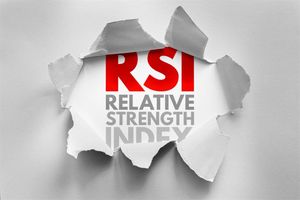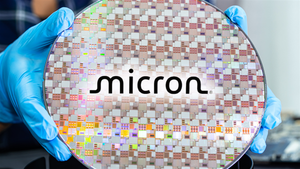Why health should be a bigger component of socially responsible investing

The health impacts of products produced by companies whose stock is held in top socially responsible and ESG impact funds are not being taken into account in a meaningful way, new research from the Public Health Institute shows.
PHI’s Building H researchers examined 10 of the largest SRI funds, along with five indexes and three ESG ratings providers, and found that there is virtually no correlation between how healthy a company’s products are and their inclusion in SRI/ESG funds or indexes, nor in a company’s ESG ratings.
“There is an urgent need to support more products and services that help people to live healthy lives. More than simply punishing companies whose products thwart these behaviors, ESG and socially responsible investors have the opportunity to fuel the growth of companies whose products can help build a healthier society,” PHI said in a post on its website announcing the results.
“Our health is quietly—yet significantly—shaped by the products and services we use every day. These products have a massive influence on individual behavior and, in aggregate, on the health of the public. Yet even investing that purports to support socially responsible ideals, like human health, fails to account for this impact,” the group said.
Among the key findings:
- Ten of the leading socially responsible or ESG mutual funds and ETFs had significant holdings (ranging from 9.8% to 31% of overall holdings) in companies whose products and services had net negative health impacts on their customers as measured by PHI’s Building H Index—a rating system that measures how products affect their consumers’ health.
- Companies whose products had a net positive or net neutral health impact (as measured in the Building H Index) made up only 0.57% of the aggregate assets of the 10 leading funds.
- Companies with net negative health impacts accounted for 40 times more of the aggregate assets held by the 10 leading funds than companies with positive or neutral impacts.
- There is no correlation between a company’s ESG or sustainability rating at any of three top ratings agencies and a company’s health impacts (as measured in the Building H Index).
- The methodologies for ESG ratings agencies have surprisingly limited engagement with the health impacts of products and services.
- There is a clear opportunity and imperative to bring measures of the health impacts of products and services to the socially responsible and ESG investment sector.
“The responsible investing community has an opportunity to take the lead in drawing out which products and services influence health, and to develop and integrate metrics that assess those impacts. Most significantly, these investors and investment firms should work to apply these health-centric measures to their ratings methodologies and portfolio composition decisions,” PHI said.
The 2024 Building H Index rates and ranks 76 popular consumer products, from Uber to Netflix, and from Trek to Ford Motor Company, based on how they affect — for better or worse — the health of customers and users.
The index represents the collective work of nearly 200 experts in public health and medicine and is backed by nearly 400 scientific sources. Building H is a program at the Public Health Institute.
Building H is especially concerned with those industries that form the fabric of everyday life, the products and services that so many people use or consume just as a result of going through their day-to-day life: food companies most obviously, but also entertainment companies (including streaming services), and the transportation and housing sectors.
The Public Health Institute’s mission is to improve health, equity and wellness by discovering new research, strengthening key partnerships and programs, and advancing sound public health policies. Its funding comes from a variety of government and private sources, including the Centers for Disease Control, the National Cancer Institute, Robert Wood Johnson Foundation and the Bill and Melinda Gates Foundation.
Read more: The future of physical therapy in health care
More News
View More




Recent Quotes
View More
Quotes delayed at least 20 minutes.
By accessing this page, you agree to the Privacy Policy and Terms Of Service.